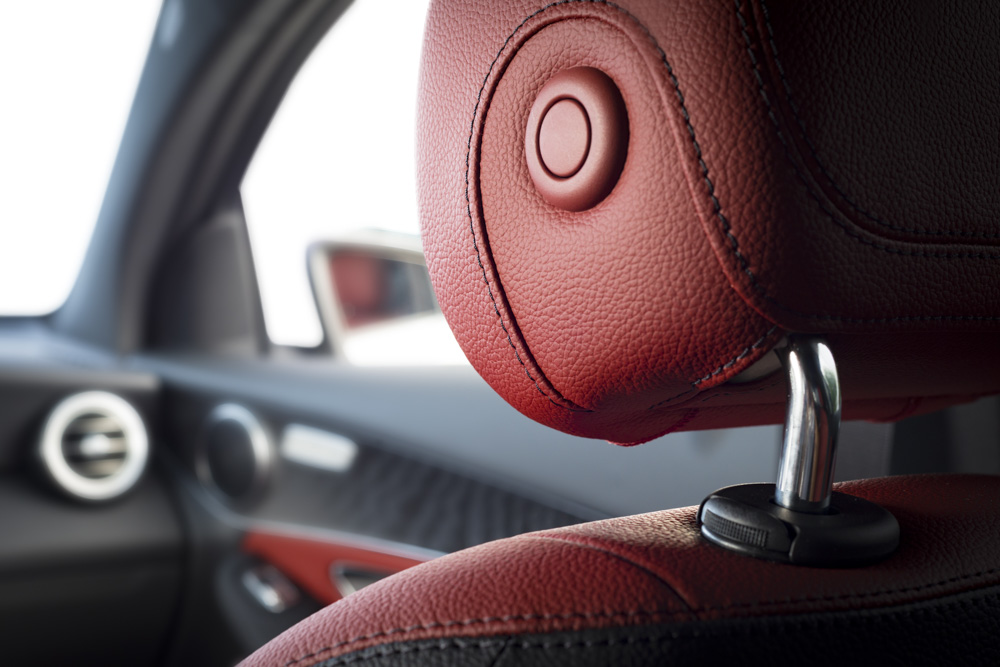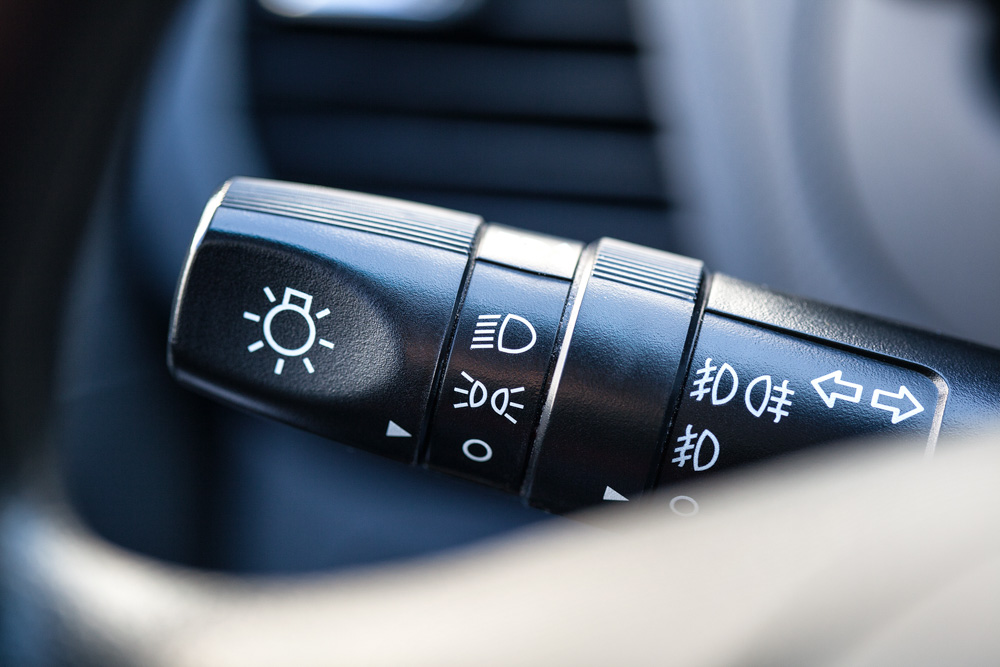Remember, your practical driving test isn’t just about the physical act of driving. Before you even get in the car you’ll be asked some questions which we call Tell Me questions. You’ll be asked one Tell Me question before you start driving and one Show Me questions when you’re driving the car.
Knowing the answers to all these questions isn’t just important to pass your test but it’s important for your everyday driving.
We’ve broken down the questions for you, so read on to prepare yourself for the official Tell Me questions and answers.

Quick tips –
-
The internal checks are about your brakes, the bigger lights, your head restraint and the steering
-
Keep the inside of your car nice and clean, especially when going on your test
-
Make sure you keep your footwells clear. A can or other rubbish rolling under your brake could be a life altering experience.
-
Keep your dash clear of rubbish too. It all reflects onto the windscreen and will obscure your view
Make a good first impression, you will be judged on how the inside of your car looks.
Brakes:
1. Examiner:
Tell me how you’d check that the brakes are working before starting a journey?

Pupil: You test them by squeezing down hard on them before moving off, if they feel feel spongy or slack then there is a problem with them.
2. Examiner:
Tell me how you’d know if there was a problem with your anti-lock braking system?

Pupil: The warning light on the dashboard will illuminate if there is a fault with the anti-lock braking system.
Tip: You are looking for this light to go out after a few seconds after you turn the ignition on. If it stays on you have a problem with your ABS.
ABS = Anti-lock Braking System and is to stop your wheels from locking up. It’s to stop your wheels from locking under braking, allowing the chance of steering.
Top Tip: Make sure you can identify the brake warning light. Be aware that if you have not released the handbrake properly the red warning light will stay on. So you might have a serious brake problem but not be aware because the handbrake is not fully off. Check out SMTM External checks to learn how to check all your lights efficiently.

Steering:
Examiner: How would you check your power-assisted steering is working before starting a journey?

Pupil: You put a gentle amount of pressure on the steering wheel, keeping this pressure maintained as the engine is started. It should result in a slight, but noticeable movement as the power-assisted steering begins to operate.
Top Tip: You could also turn the steering wheel just after moving off and this will give an immediate indication that the power assistance is working.
The Car Seat:
Examiner: Tell me how you make sure your head restraint is correctly adjusted so it provides the best protection in the event of a crash.

Pupil: The head restraint should be adjusted so the rigid part of it, is at least as high as the eye or top of the ears, and as close to the back of the head as is comfortable.
Top tip: Besides checking the head restraint check the seat belt by giving it a sharp tug. It should lock up. When the buckle goes in give that a tug too.
I always get my pupils to check their seatbelt. Once, one lad checked his belt on his work’s van he was being driven around in and discovered that his belt was not working.
Lights:
Remember: See and be seen. The big lights are there so you can see and be seen in bad weather conditions.
1. Examiner: Tell me how you’d switch on the rear fog light(s) and explain when you’d use it or them. You don’t need to exit the vehicle.

Pupil: You operate switch (turn on dipped headlights and ignition if necessary). Check warning light is on and explain use.
Top Tip: Driving examiners like to hear that you will use them when you can’t see 100 meters ahead. In a town this normally means you can only see one lamp post at a time as lamp posts are normally less than a 100 meters apart.
2. Examiner: Tell me how you switch your headlight from dipped to main beam and explain how you’d know the main beam is on.

Pupil: You operate switch (with ignition or engine on if necessary), and check with main beam warning light.
Top Tip 1: The main beam warning light is the blue one on the dash.

Top Tip 2: The main beam, lights up more of the road by shining straight ahead. This will dazzle any cars in front of you coming towards you or in front. They will probably flash their lights at you to let you know. This is sometimes accompanied by hand signals not found in the Highway Code.



